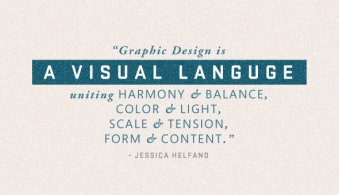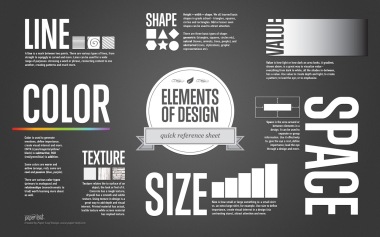During the master in Marketing & Brand Management I had the opportunity to study branding and graphic design through the course of Branding design. At the beginning of the course I was not sure what to expect and I did not know of how practical it would have been. One thing that mostly concerned me was the use of graphic programs such as Photoshop, since I had very limited experience with such software. Nevertheless, I found the whole course challenging and extremely useful because it allowed me to develop a set of critical skills that are highly required in the job market.
The course covered numerous topics, but in every lecture we started by learning the basic theory and principles of each subject. This really helped me to have a guidance and a ground to start from in doing each exercise and project. In addition, this made me understand that even though creativity plays a big role in this discipline, the development of a project is not solely an instinctive and creative process. Actually, everything need to be thought through and even minor decisions can make the difference when communicating ideas through visual images and visuals graphics.
In one of our first lectures I learnt the basic elements and principles of design, this helped me to keep a theoretical a framework in mind. During the whole course and the development of projects, I could always go back to this guidelines to find inspiration or check if what I was doing made sense and if I was following the right rationale throughout the creative process. I remember that the exercise we did in the lecture (describing common objects with proper design terminology) helped me to understand and absorb the correct language to use with designers and I believe that in the future it will help me to communicate effectively with them.
As the course went through, we focused on the different languages and meanings of specific design features. One of these was typography, I found surprising the strong impact that the choice of a typeface has in conveying a coherent message. In addition I found it immediately applicable to brand management, since, to develop and communicate effectively strong and coherent brands the choice of the typeface has to be thought through. The impact of typeface in branding is relevant because it potentially affects the brand name, logo, packaging and all types of communications. Dafont (no date) is a very useful website which provides numerous varieties of fonts that helped me to find some inspiration and to expand my knowledge of fonts. A further topic was the meaning and impact of colours in design, which I found very interesting due to its multiple applications. Once again, this topic was directly applicable to the core topic of my master, brands. In fact, colour can highlight certain elements, convey specific meanings and catch attention. Thus, it is concretely applicable when deciding on a brand’s colours, packaging and communication in order to apply the palette effectively. Understanding Graphics (2015) is a very interesting and useful website on graphic design and much more, which has several sections dedicated to multiple topics related to design where I found a section on the different functions of colour.
However the topic I found mostly interesting and useful for the job position I aim to achieve, brand manager, are the ones discussed in the lectures dedicated to the Adobe Creative Suite programs, namely Illustrator, InDesign and Photoshop. Before this course I did not really know how to use them and they seemed extremely difficult to understand. Nevertheless, lectures helped me to understand the underlying logic of these software, but most of all, having to apply them for the course assignments made the difference.
The first assignment required to develop a logo for a factitious product and to create its brand guidelines. In order to create the logo I had to use was Illustrator. I found it particularly challenging and I had to work a lot to achieve the result that I wanted. I spent several hours in front of the screen and finding solutions to issues during the process was almost never immediate or easy, even with the help of video tutorials. In a way, I faced the same process when I had to design the guidelines with InDesign, not being familiar with the program made things more difficult. One of the main obstacles with InDesign was deciding where to position text sections and images. This process took me some time and I had to change the display of the elements more than once to make them look harmonious. For the group assignment, we had to develop an advertising including three images for the campaign. To complete this task we had to apply the final touches to the images with Photoshop. Using Photoshop has been challenging as well, but in a way I found the program more intuitive in its use and being able to count on my group members to complete the task made things easier, because each of us could contribute to the assignment with his or her skills.
However, having to overcome problems and issues by myself made me learn the basics of the program and how to manage the tools. I believe that gaining this skills will be extremely useful firstly whilst searching for a job, since such skills are highly valued in marketing positions and I will be able to show the material I produced and what I can practically do. In addition, through this course I learnt what is possible to do with this programs and how to effectively communicate with designers and photographers to achieve the best results.
Each project, has been a discovery, I had to learn how to approach creative assignments, how to use the programs and develop a critical eye for visuals and concepts I never had to think about before. Hence, I am confident that this experience will be valuable to move my next steps as a marketing professional.
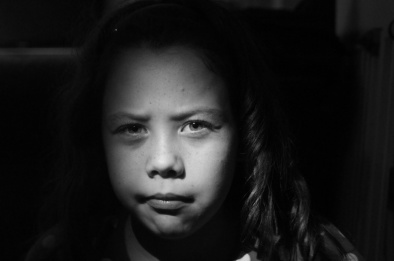
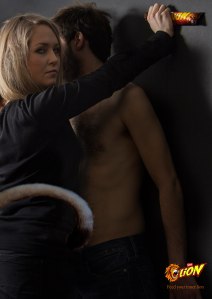

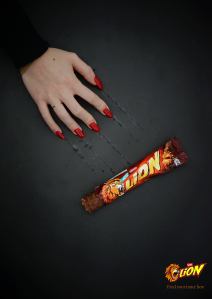






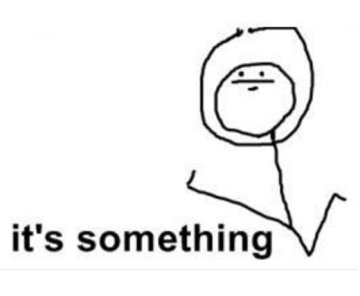
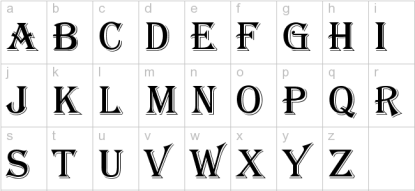
 (
(

